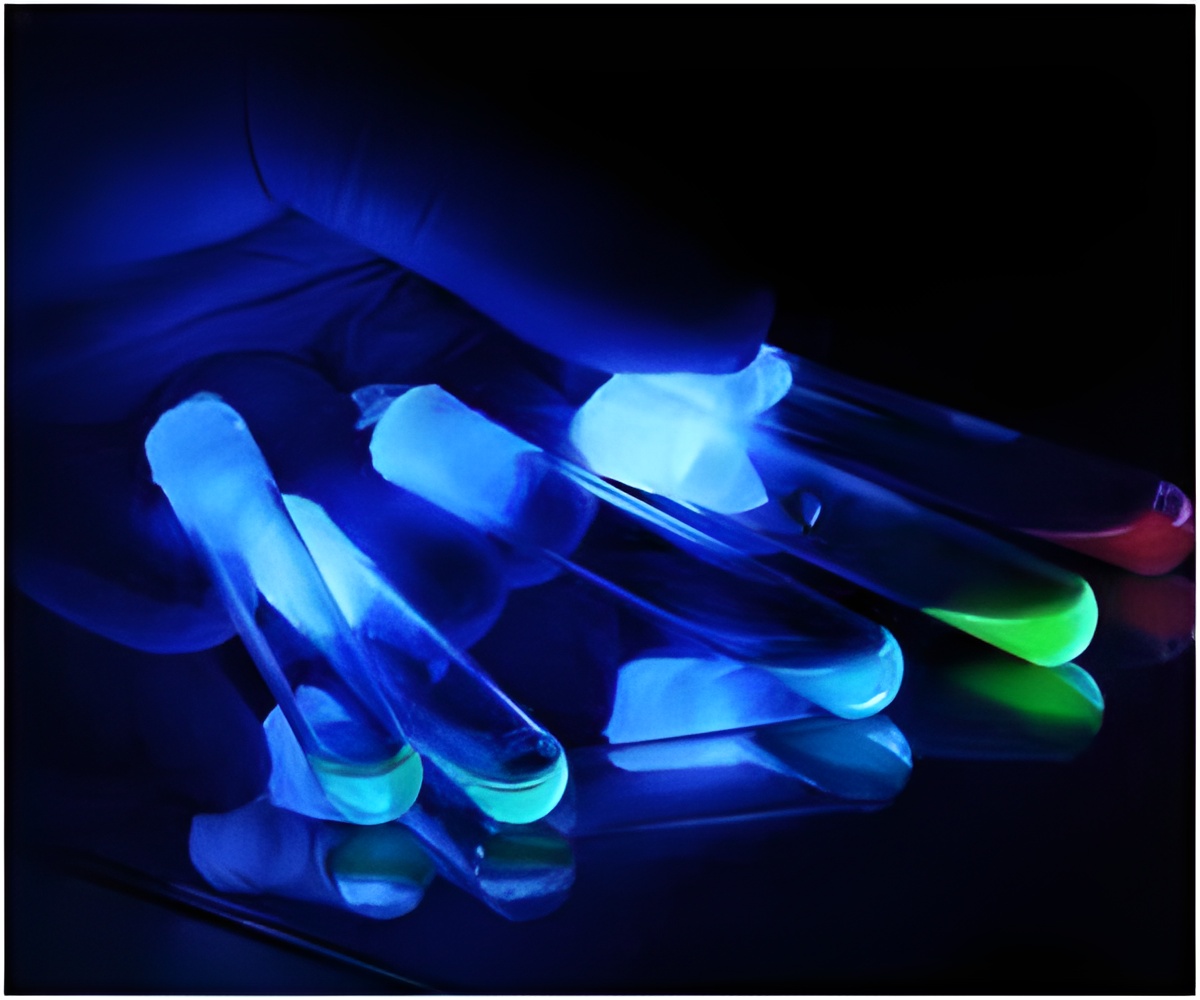
It is a form of mechanical communication, like the strings of a puppeteer. Dunn and others in the field believe that these mechanical forces may be important in conveying to a cell how to position itself within a tissue, when to reproduce and when to stop as the tissue reaches its proper size and shape.
"That is the theory, but an important piece was missing," said Dunn. "Our research shows that forces at cell-cell contacts can in fact be communicated from one cell to its neighbors. The theorized mechanical signaling mechanism is feasible."
Story within a story
How Dunn and his colleagues got to this point is a story in itself. It reads like the recipe for a witch's potion—cultured canine kidney cells, DNA from jellyfish and spider silk, and microscopic glass needles.
To measure the force between cells, a team combining the skill of several Stanford laboratories—headed by Professor Dunn in chemical engineering, professors William Weis and W. James Nelson in the Department of Molecular and Cellular Physiology and associate professor of mechanical engineering Beth Pruitt—used a tiny and ingenious molecular force sensor developed by Martin Schwartz and colleagues at the University of Virginia. The sensor combines fluorescent proteins from jellyfish with a springy protein from spider silk.
Advertisement
The team then took things a step further. By turning the activity of myosin, actin and catenin on and off, they were able to determine that these proteins are in fact linked together and are at the heart of inter- and intra-cellular mechanical force transmission.
Advertisement
"At this point we now know that a cell exerts exquisite control over the balance of its internal forces and can detect force exerted from outside by its neighbors, but we still know next to nothing about how," said Dunn. "We are extremely curious to find out more."
Source-Eurekalert







